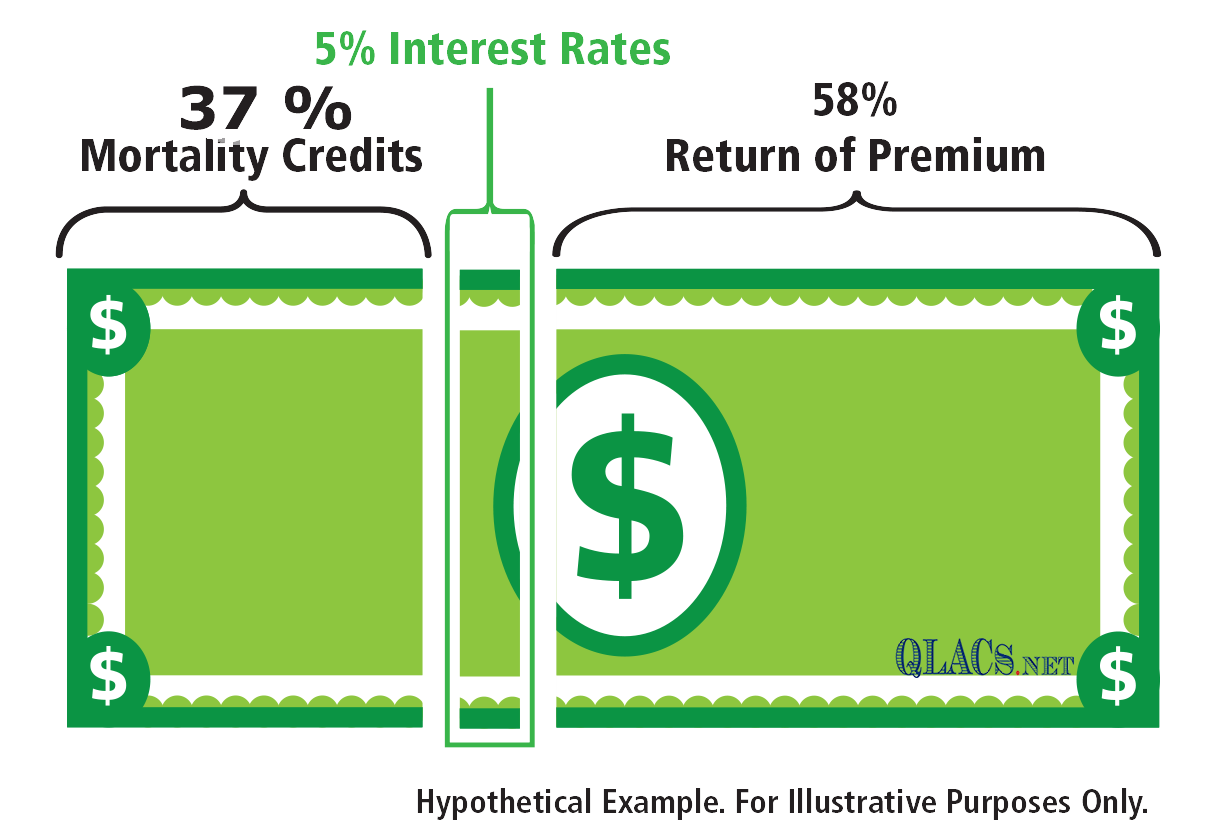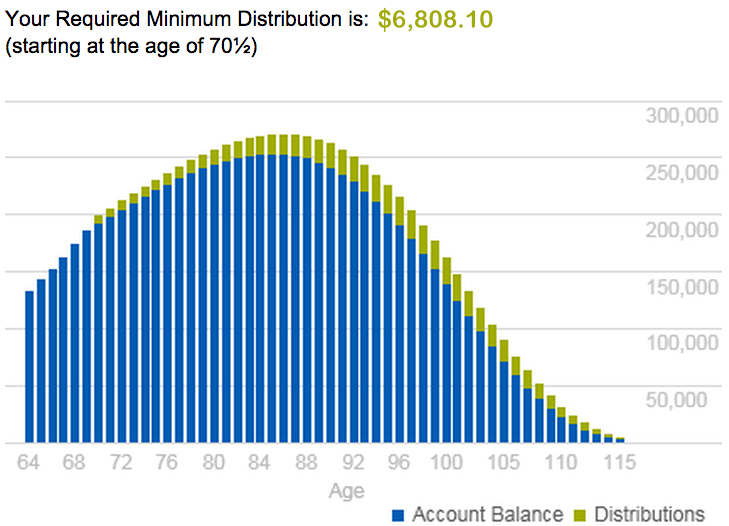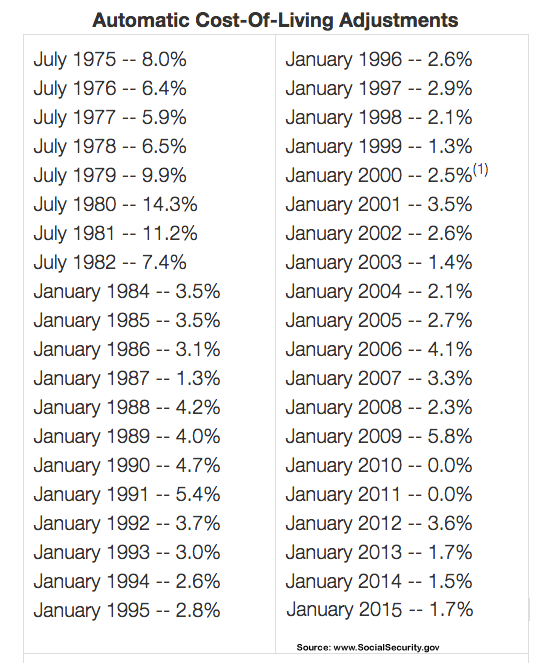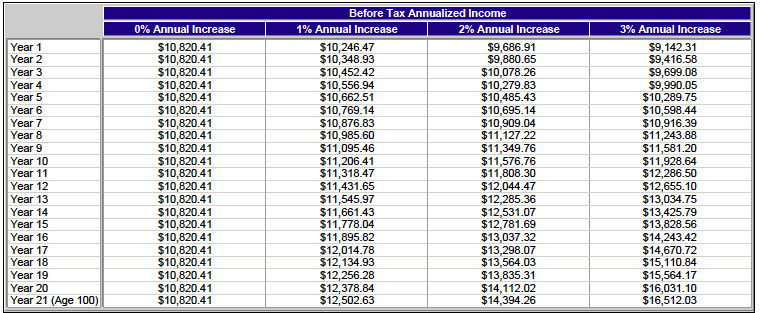On March 6, 2017 MetLife’s consumer retail life insurance and annuity business was separated into a separate company called Brighthouse Financial. Currently, MetLife’s U.S. Retail is part of a Systemically Important Financial Institution (Sifi) labeled by the US Government. This means companies will have a higher capital requirements that could put it at a significant competitive disadvantage to other annuity and life insurance companies. Even though MetLife is appealing their SIFI designation in court and do not believe any part of MetLife is systemic, this risk of increased capital requirements contributed to our decision to pursue the separation of the business. As a separate company, called Brighthouse Financial the U.S. retail business will benefit from the flexibility of capital reserves set out by SIFI and help product innovation in the future. At the same time, the separation will bring significant benefits to MetLife as they focus even more intently on large group business in the U.S. and international operations.
• $240 Billion in total assets
• 2.8 million annuity & Life contracts
• $120 billion in investments
• “A” Rating by A.M. Best (as of Oct 2016)
Frequently Asked Questions:
Is my policy still secure?
Yes. Each of the two separated companies are closely regulated, well capitalized, and capable of meeting all policyholder obligations.
As a policyholder, do I have to do anything as a result of the U.S. Retail separation? Is there any cost to me?
• No action is required on your part at this time and there is no additional cost to you as part of this change.
Does my policy remain with MetLife or has it been transitioned to Brighthouse Financial? Am I considered a MetLife or Brighthouse Financial client?
The following policies remain with MetLife:
• Group policies
• Auto & Home policies
• Individual life insurance policies and annuity contracts that were issued by:
• Metropolitan Life Insurance Company
• Metropolitan Tower Life Insurance Company
• General American Life Insurance Company
Policies issued by the following companies have been transitioned to Brighthouse Financial:
• First MetLife Investors Insurance Company (most retail policies)
• MetLife Insurance Company USA
• New England Life Insurance Company








